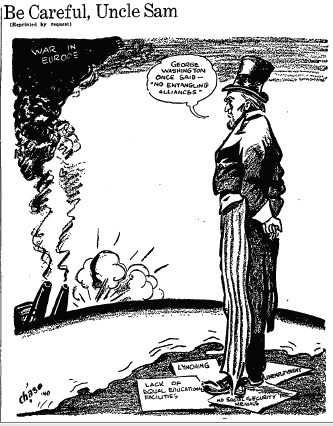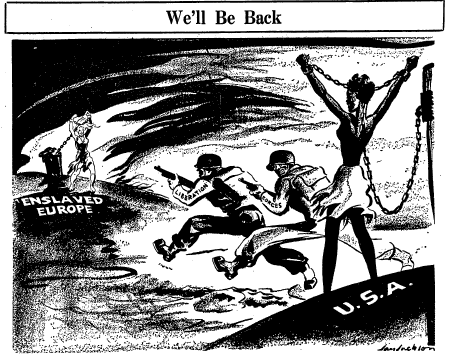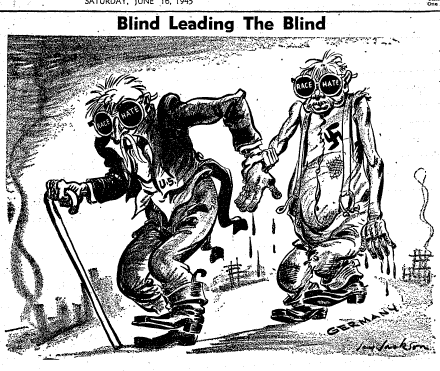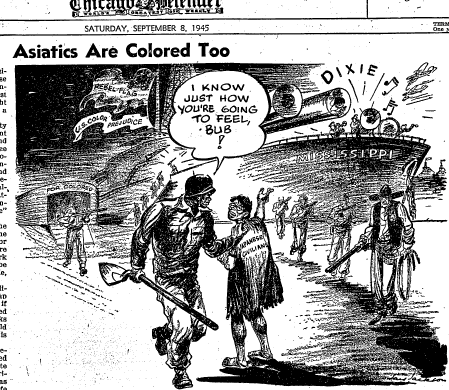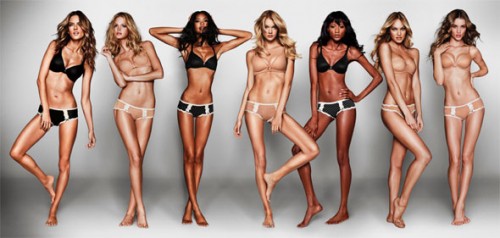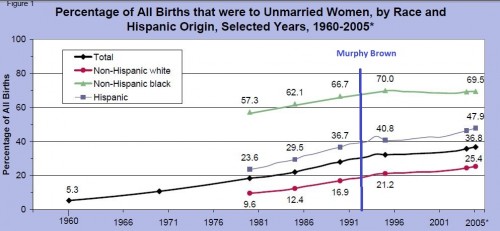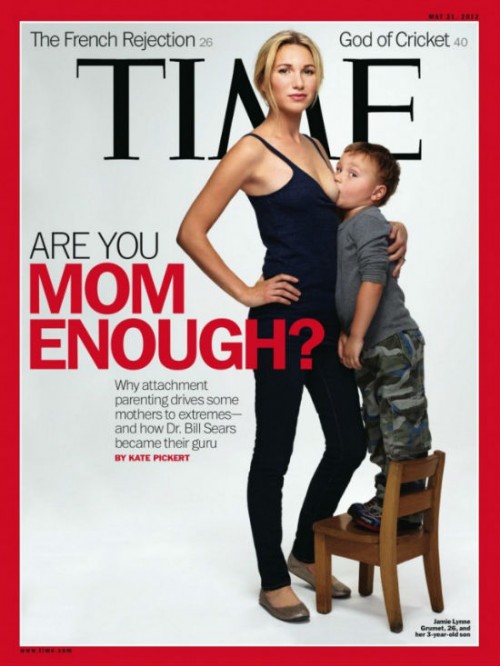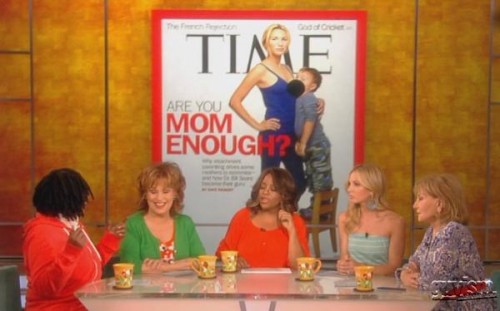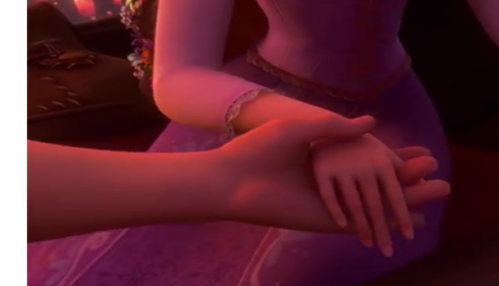This is the second part in a series about how girls and women can navigate a culture that treats them like sex objects (see also, part One). Cross-posted at Ms. and Caroline Heldman’s Blog.
The “sex wars” of the 1980s pitted radical feminists, who claimed that female sexual objectification is dehumanizing, against feminists concerned about legal and social efforts to control and repress female sexuality. Over a decade of research now shows that radical feminists were right to be highly concerned.
Getting back to the “sex wars” and how radical feminists were right, women who grow up in a culture with widespread sexual objectification tend to view themselves as objects of desire for others. This internalized sexual objectification has been linked to problems with mental health (e.g., clinical depression, “habitual body monitoring”), eating disorders, body shame, self-worth and life satisfaction, cognitive functioning, motor functioning, sexual dysfunction, access to leadership, and political efficacy. Women of all ethnicities internalize objectification, as do men to a lesser extent.
Beyond the internal effects, sexually objectified women are dehumanized by others and seen as less competent and worthy of empathy by both men and women. Furthermore, exposure to images of sexually objectified women causes male viewers to be more tolerant of sexual harassment and rape myths. Add to this the countless hours that most girls/women spend primping and competing with one another to garner heterosexual male attention, and the erasure of middle-aged and elderly women who have little value in a society that places women’s primary value on their sexualized bodies.
Theorists have also contributed to understanding the harm of objectification culture by pointing out the difference between sexy and sexual. If one thinks of the subject/object dichotomy that dominates thinking in Western culture, subjects act and objects are acted upon. Subjects are sexual, while objects are sexy.
Pop culture sells women and girls a hurtful lie: that their value lies in how sexy they appear to others, and they learn at a very young age that their sexuality is for others. At the same time, being sexual, is stigmatized in women but encouraged in men. We learn that men want and women want-to-be-wanted. The yard stick for women’s value (sexiness) automatically puts them in a subordinate societal position, regardless of how well they measure up. Perfectly sexy women are perfectly subordinate.
The documentary Miss Representation has received considerable mainstream attention, one indicator that many are now recognizing the damaging effects of female sexual objectification.
[youtube=http://www.youtube.com/watch?v=6gkIiV6konY]
To sum up, widespread sexual objectification in U.S. popular culture creates a toxic environment for girls and women. The following posts in this series provide ideas for navigating new objectification culture in personally and politically meaningful ways.

